10 Examples of Particle Physics Experiments
Particle physics is a branch of physics that studies the fundamental constituents of matter and the interactions between them. Particle physicists design experiments that collide particles at high energies to detect new particles and investigate their properties.
Examples of Particle Physics Experiments
Here are ten common examples of particle physics experiments.
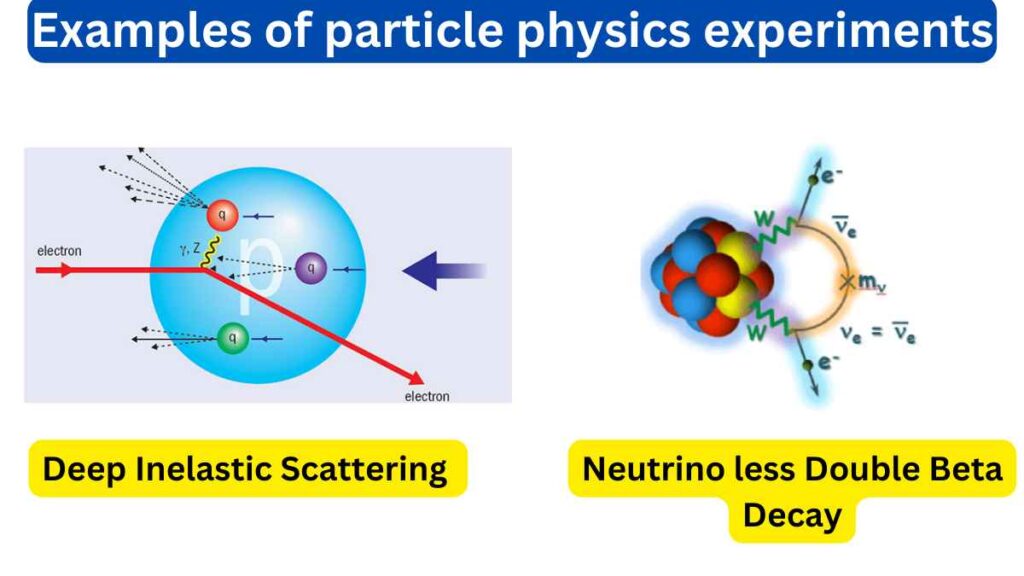
1. Higgs Boson Discovery
In 2012, the ATLAS and CMS experiments at CERN’s Large Hadron Collider (LHC) confirmed the existence of the Higgs boson, a particle responsible for endowing other particles with mass. This discovery completed the Standard Model and provided insights into the origin of mass.
2. Neutrino Oscillations
The Super-Kamiokande experiment in Japan studied neutrinos and demonstrated that these elusive particles can change from one type to another, implying they have mass, a revelation that challenged previous models.
3. Deep Inelastic Scattering
At the Stanford Linear Accelerator Center (SLAC) in the 1960s, researchers used electrons to probe the inner structure of protons and neutrons, revealing the existence of quarks, the fundamental constituents of these hadrons.
4. Antimatter Experiments
The ALPHA collaboration at CERN explores the properties of antimatter, specifically antihydrogen, to test if it behaves differently from regular matter. These experiments help us understand the matter-antimatter asymmetry in the universe.
5. Muon g-2 Experiment
The Muon g-2 experiment at Fermilab measured the magnetic properties of muons with extreme precision, looking for deviations from theoretical predictions, which could indicate new physics beyond the Standard Model.
6. Neutrinoless Double Beta Decay
Experiments like EXO-200 aim to determine whether neutrinos are their own antiparticles by searching for neutrinoless double beta decay, a process with profound implications for particle physics and cosmology.
7. Search for Dark Matter
The XENON1T experiment, located in Italy, searches for weakly interacting massive particles (WIMPs), a leading candidate for dark matter, by attempting to detect rare interactions with ordinary matter.
8. Search for Supersymmetry
The ATLAS and CMS experiments at the LHC continue to search for evidence of supersymmetry, a theoretical extension of the Standard Model that could explain many unanswered questions in particle physics.
9. Nuclear Structure Experiments
The Relativistic Heavy Ion Collider (RHIC) at Brookhaven National Laboratory investigates the behavior of nuclear matter at extremely high energies, mimicking conditions similar to the early universe and exploring the quark-gluon plasma.
10. Neutrino Astronomy
The IceCube Neutrino Observatory, located at the South Pole, detects high-energy neutrinos from astrophysical sources like supernovae, gamma-ray bursts, and active galactic nuclei, offering insights into the cosmos.

 written by
written by 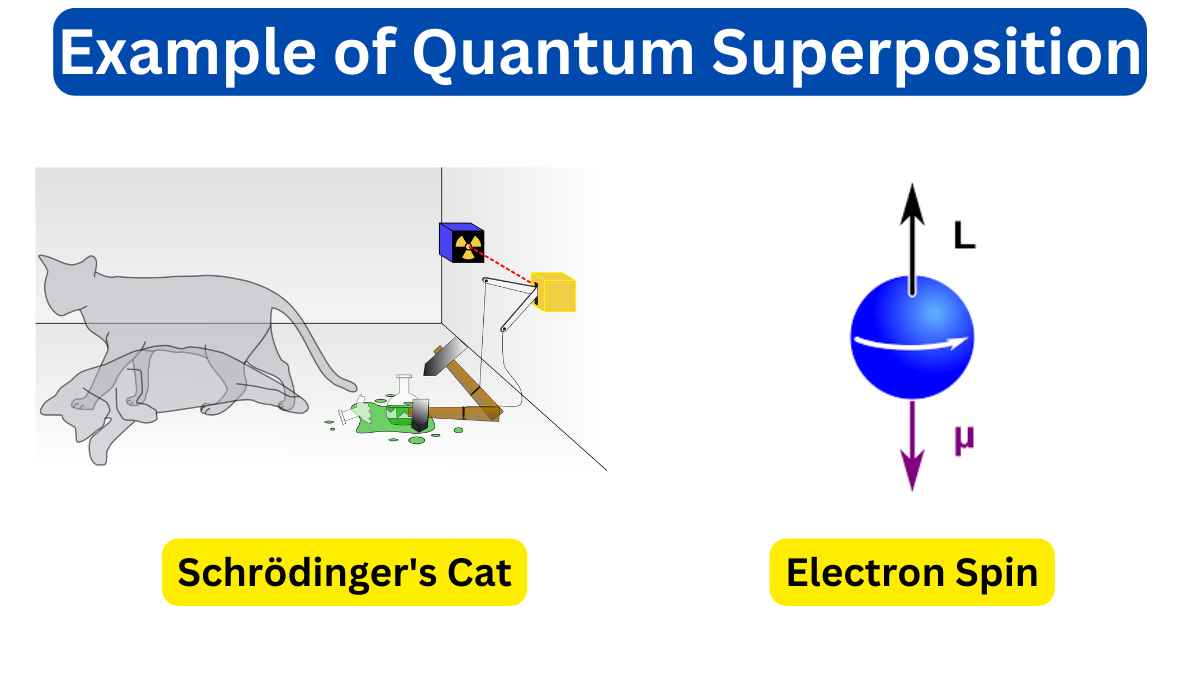
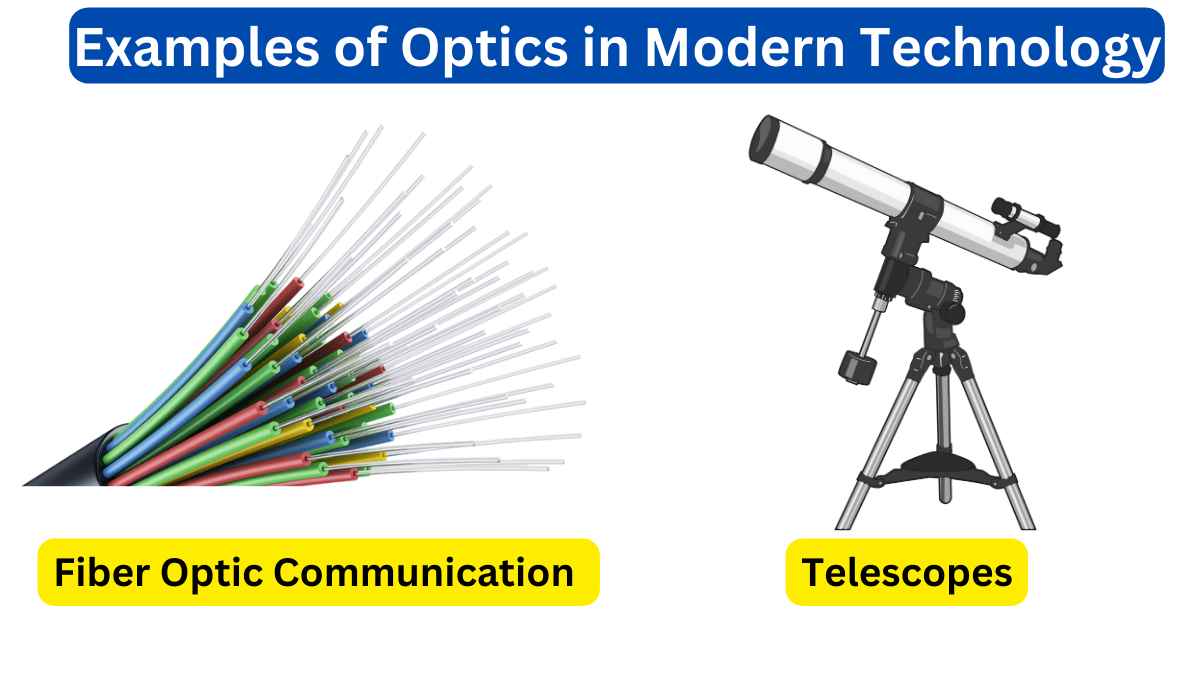
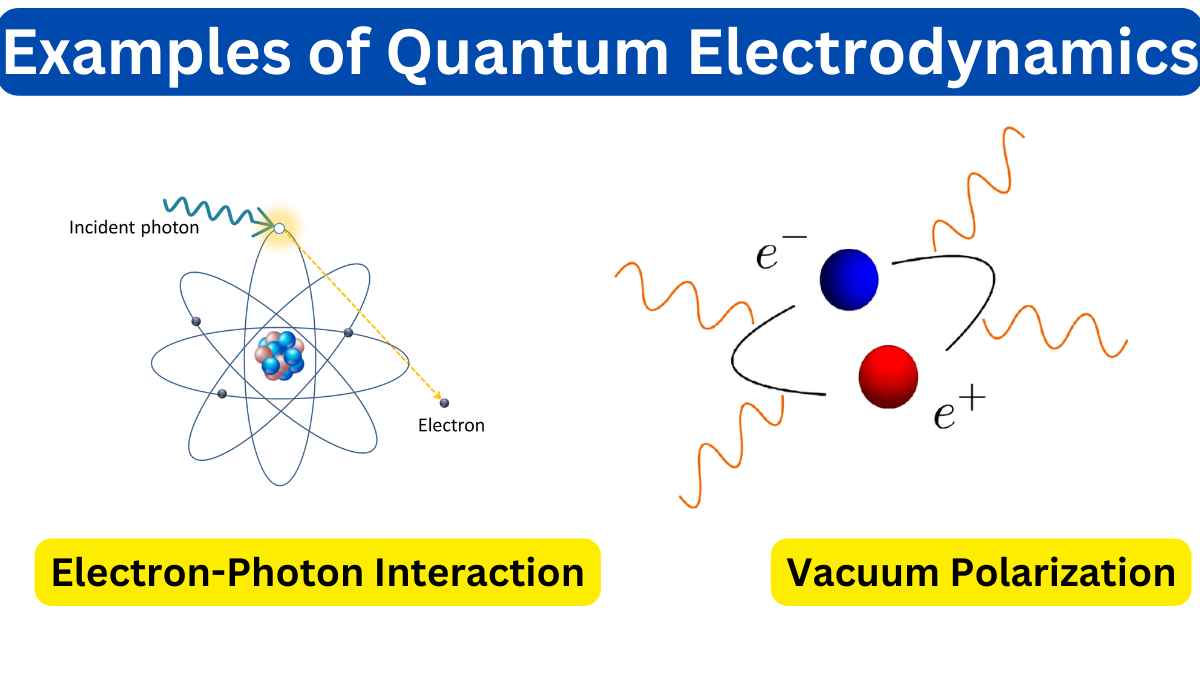
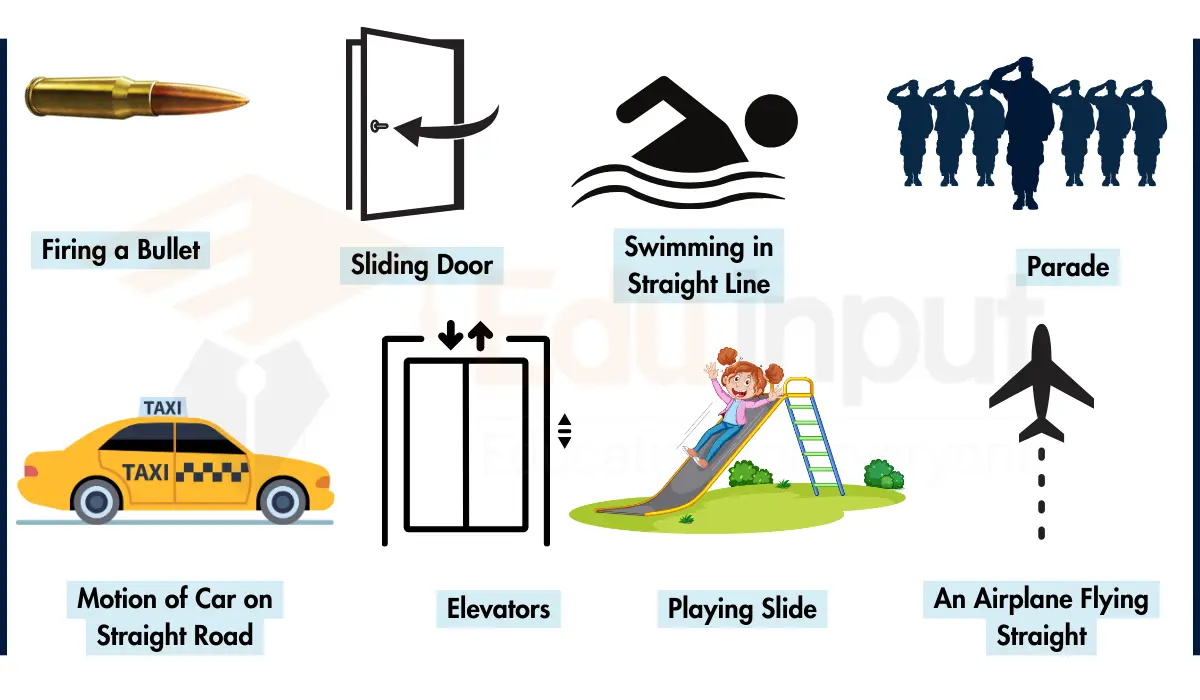


Leave a Reply